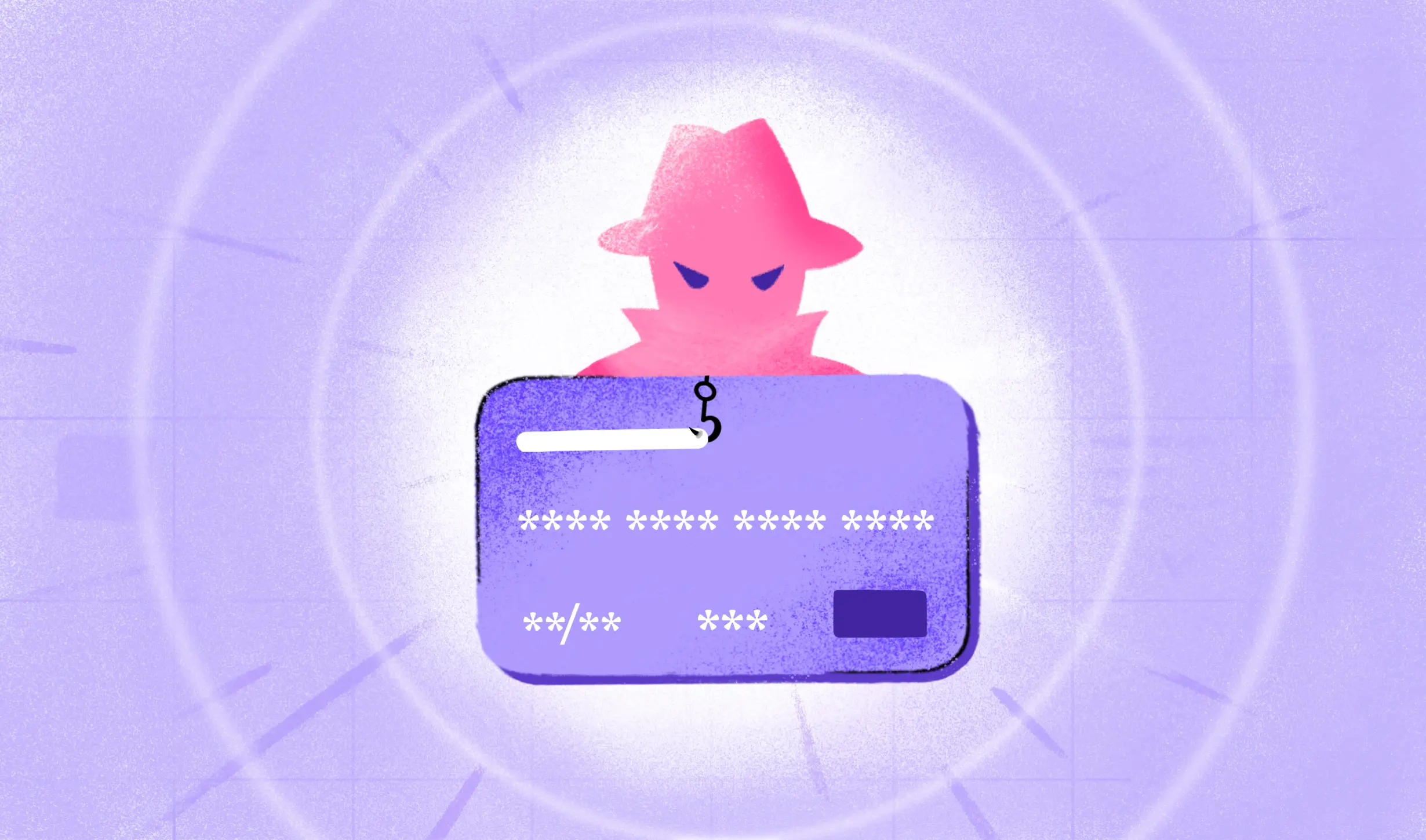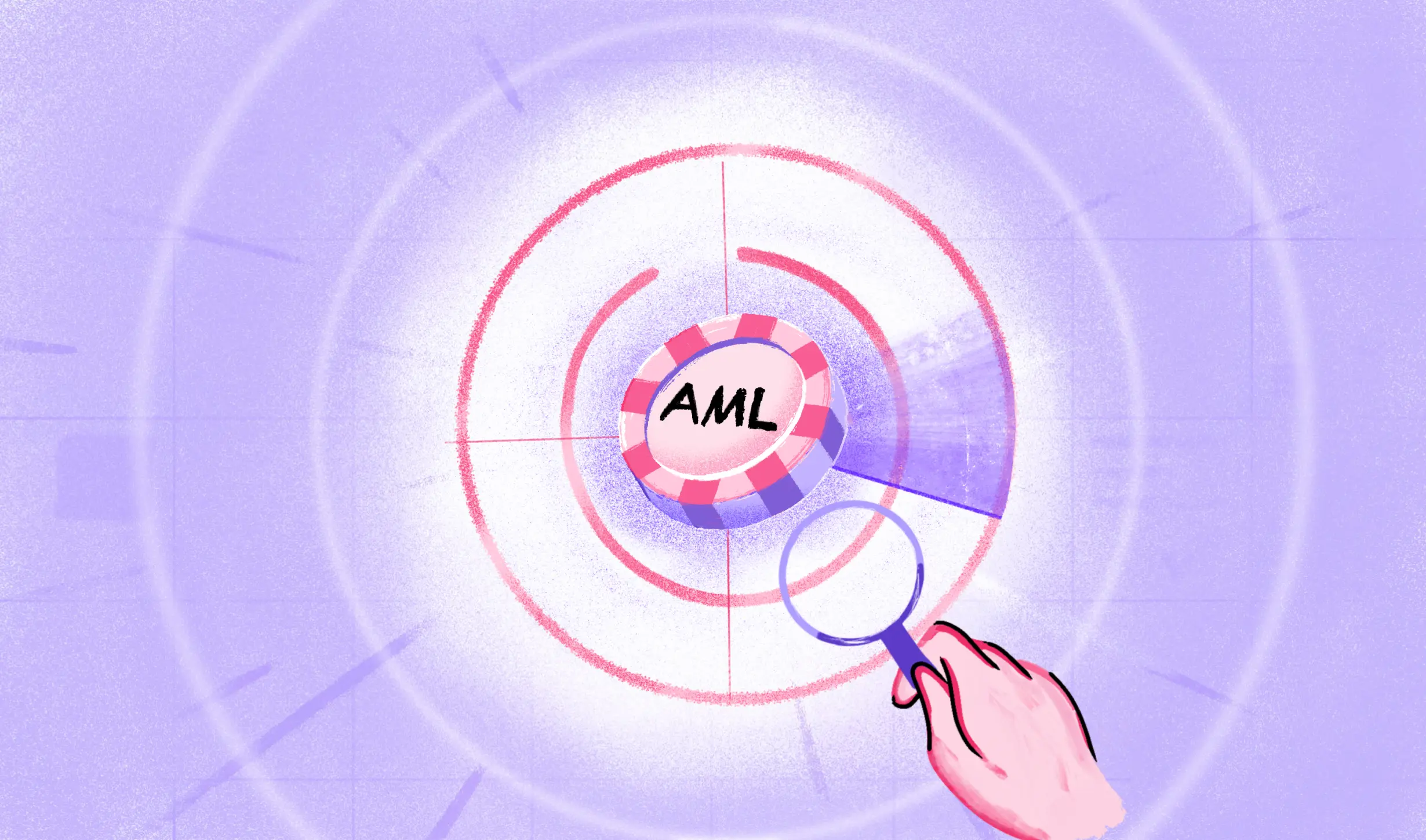Simply put, digital customer onboarding in banking is a process that allows financial organizations to integrate new customers and clients with their services effectively. Many organizations adopted this quick and secure method, especially during and after the pandemic.
According to Precursive’s Customer Onboarding Benchmark Report 2021, 82% of enterprises consider their onboarding approach a crucial brand value driver because Client onboarding bridges the expectations of a customer and the efficiency of an organization.
Therefore, customer onboarding in banking is crucial to any customer-oriented service delivery model.
Banking and financial institutions have been significant players in adopting the digital approach. In 2021, about 80% of all banking and financial institutions took on new technologies to provide better service to mitigate the pandemic’s adverse effect on in-person onboarding and streamline customer acquisition.
Problems of Offline Client Onboarding Process in Banking
Even before the pandemic, the banking sector faced several issues related to customer onboarding. According to McKinsey, the entire process of onboarding may take as much as 43-64 days.
Here is a brief list of the challenges of offline customer onboarding in banking:
- Long Procedure
New customers needed to arrange paperwork, submit several official documents and wait in the queue to avail of banking services.
It is a tedious and frustrating process, consuming significant time and resources. A minor mistake in paperwork would force the customer to rearrange the documents.
- Regulatory Changes
Banking institutions are subjected to frequent regulatory changes. The regulations are often modified within a week or a month. It impacts the customers’ onboarding as the requirements change frequently, and banks must notify the customers of the current scenario.
- Multi-Department Involvement
A traditional customer onboarding process in banking involves several departments, such as tax, operations, legal, credit, risk, etc. It resulted in a prolonged wait for the customers, which increased work pressure and compounded bank costs.
- Disorganized Data
The data collected from the customers are primarily unstructured and disorganized. Bringing it all in a consistent format could also be challenging.
Despite the challenges, many banks and financial institutions continue to operate in the traditional method of customer onboarding and lose out on the competitive market where customers demand real-time service delivery.
According to McKinsey, banks that steer clear of the digitization of processes may incur a 35% net profit loss.
The Procedure of Digital Customer Onboarding in Banking
An ideal commercial strategy of digitally onboarding customers eliminates tedious manual tasks, simplifies the client journey and cuts procedural costs. It typically requires dedicated software, digital infrastructure, applications, and a web platform for customers.
Following a few simple steps, a customer can enjoy the banking services.
- Digital Authentication for Client Onboarding:
The eKYC (Know Your Customer) is the first step of the customer onboarding process in banking. Customers must digitally verify themselves by submitting an official identification document for identity proofing and use the facial recognition and liveness detection feature available in the bank’s application for authentication.
However, as 68% of customers abandon digital bank applications, the first step of digital authentication should be minimal in demand while uncompromising with the bank’s security.
Learn how Banks can simplify facial verification. - Regulatory Compliance:
Banks must offer their due diligence in complying with regulatory frameworks, ensure audit trails against potential disputes, and make way for a legitimate and uninterrupted customer journey. - Risk Assessment:
A dedicated risk management software assesses the risk factors involved in customer onboarding in banking. Based on the results, banks can take informed decisions when accepting or rejecting a particular application. It makes customer onboarding full-proof by minimising the elements of risks and fraudulent actors.
Documents Required for Customer Onboarding Process in Banking
To remotely open a new account in the bank, we need a few documents and a sum of money. Typically, it requires:
- Social Security Number
- A Government-issued photo ID
- An opening deposit
The Benefits of Digitising the Customer Onboarding in Banking
Multiple advantages associated with the digital client onboarding process propel banking and financial institutions to adopt the new technologies. Some of them are listed below:
- Increased Efficiency
Digital customer onboarding allows customers to do virtually what they had to do in person. It reduces the friction points associated with the onboarding process and promotes accessibility. - The advantages of the digital client onboarding process in banking also positively affect the service delivery models. It provides a centralized view across the organization, allowing managers to resolve issues more precisely.
Also, customer data collected are reserved in a central repository, making the banking process efficient and impactful. - Cost Saving
According to a Deloitte study, introducing new technology to customer onboarding allows banks to shore up to $100 million every three years. In the long term, It helps banks to improve their financial health in the face of a global recession. - No More Data Silos
Digital customer onboarding in banking also eliminates the need for data silos across departments, creating a central repository of the processed data. - Omnichannel Approach for Brand Value
Onboarding can be done on any electronic device, adding more room for the customers to avail the benefits. The more options there are to access the banking services, the customer is less likely to be left behind, thereby improving its brand value. - Effective Security
The remote approach hardly leaves any scope of security lapse. Banks can verify the biometric patterns and backgrounds of the customers in an instant. - Growth and Retention
The advantages of digital customer onboarding in banking include significant improvement in customer experience, resulting in a 40% higher conversion rate.
Also, only 50% of newly opened bank accounts survive the initial sign-up. Digital onboarding can provide an effective strategy for formulating retention schemes. - Analytics Support
Built-in analytics of onboarding software provides real-time performance reviews of onboarding processes, helping leaders make effective decisions. - Task Automation by RPA and OCR
- Modern tools like Robotic Process Automation (RPA) and Optical Character Recognition (OCR) can automate manual tasks like verification and compliance checks, simplifying the customer onboarding process in banking.
Conclusion:
According to McKinsey, e-KYC processes cut customer onboarding costs by up to 90%. Besides upkeeping their legacy systems, banks and financial institutions should increasingly embrace digital customer onboarding in banking to maximize profits.
The banks of tomorrow should not wait too long to adopt today’s technology.
FAQs
Am I eligible for digital customer onboarding in banking?
If you are a citizen with valid documents and a small amount of money required to open the account, you are undoubtedly eligible for digital customer onboarding.
What documents do I need to digitally onboard a banking service?
You need a valid digital ID card and some money, the sum of which varies from bank to bank. In private banks, the sum is higher, and in government banks, it is lower.
Can I open an account remotely?
Yes, with digital onboarding services in banking, you can open savings and other accounts in banks. Before that, you have to verify if the bank supports digital onboarding or not.

 US
US
 IN
IN









